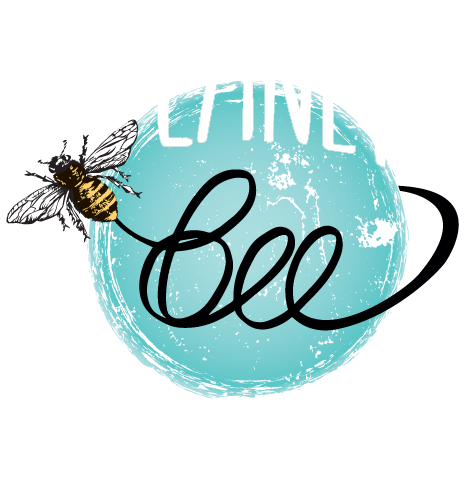Bees: An Environmental Keystone
- Planet Bee Foundation
- Jun 2, 2021
- 3 min read

For many of us, bees have been an ubiquitous part of the visual environment around us. We visit parks and honey bees buzz around clover patches, we visit community gardens and large black carpenter bees and stripey bumblebees hum among garden blooms. Whether you have a healthy respect (and maybe a little fear) of, a keen interest in, or even indifference towards bees, their impact on our environment is undeniable but not always obvious. Almost everyone has enjoyed honey, fruits and vegetables on our tables, and coffee in our cups, and yet still the link between bees and the environment is not always clear in our day-to-day life.

From honey to almonds, to fruits and vegetables, bees are responsible for one in every three bites of food humans consume. They are also important keystone species in environmental ecosystems, both human and animal alike. The environmental benefits of the bee are numerous. They serve important roles not only as pollinators but also as creators of honey, propolis, pollen, habitats for other species, and as food for larger species that serve their own important roles in an ecosystem’s web. Humans utilize honey for culinary purposes, take advantage of the antimicrobial properties of propolis, and use bee pollen to combat allergies. In addition to the benefits to humans, pollination of flowers and plants doesn’t only create food for us, but also creates homes and ecosystems for other species that live within them. And, as with any circle-of-life ecosystem, in addition to the wealth of byproducts they create, bees are also an important source of food for a myriad of other animals including skunks, birds, and some species of beetle.

Native bee species serve an especially important role in local environments. Uniquely adapted to pollinate local flora, native bee species are up to 3 times more efficient at pollinating their local surroundings than honey bees. The trickle-down effect of the pollination of local flora (which includes flowers and flowering plants and trees) reaches all the way to the air and water quality of an environment--something we all benefit from in a time of high pollution. While many of these species will pollinate indiscriminately, up to 25% of native bee species are specialized pollinators, meaning they pollinate a specific species of flower, which have in turn adapted to hosting these bees. A loss of any of these species could have a ripple effect throughout an environment far beyond the bee itself.
Bees and the environment formed a unique marriage together at the beginning of time. You cannot have a healthy environment without bees and bees cannot thrive without a healthy environment. And, while environmental worries abound in the time of Climate Anxiety, the loss of bee species isn’t often far from that conversation--with good reason. Declines in bee populations and their natural habitats affect far beyond the loss of one creature for our environment, and, as we’ve seen, these effects are ones that would almost immediately affect humans.

So what can you do this World Environment Day to help the bee? Luckily, there are lots of ways, both big and small, that regular folks can help the bees and our environment. You can keep a bee-friendly backyard by planting wildflowers, particularly flowers that are native to your area, and you can make native bee houses to help preserve their habitat. Bees also get tired and thirsty just like you and me on a hot summer day and appreciate bee watering holes to recharge at! Looking for big action and want to challenge your local representatives to take direct action in protecting our pollinators? You can write to your local government to ask them to designate a park or other area as a pesticide-free zone, continue to urge your local chapter of the EPA (Environmental Protection Agency) to add insects to the coverage of the Endangered Species Act, and continue to urge the U.S. Fish and Wildlife Service to add protected areas of habitat for critically affected bee species like it recently failed to do for the endangered Rusty Patched bumblebee. Any action you take, big or small, makes you a warrior for the planet and a champion for bees!
****************
Written by Ann McCann, environmental activist and native bee champion

